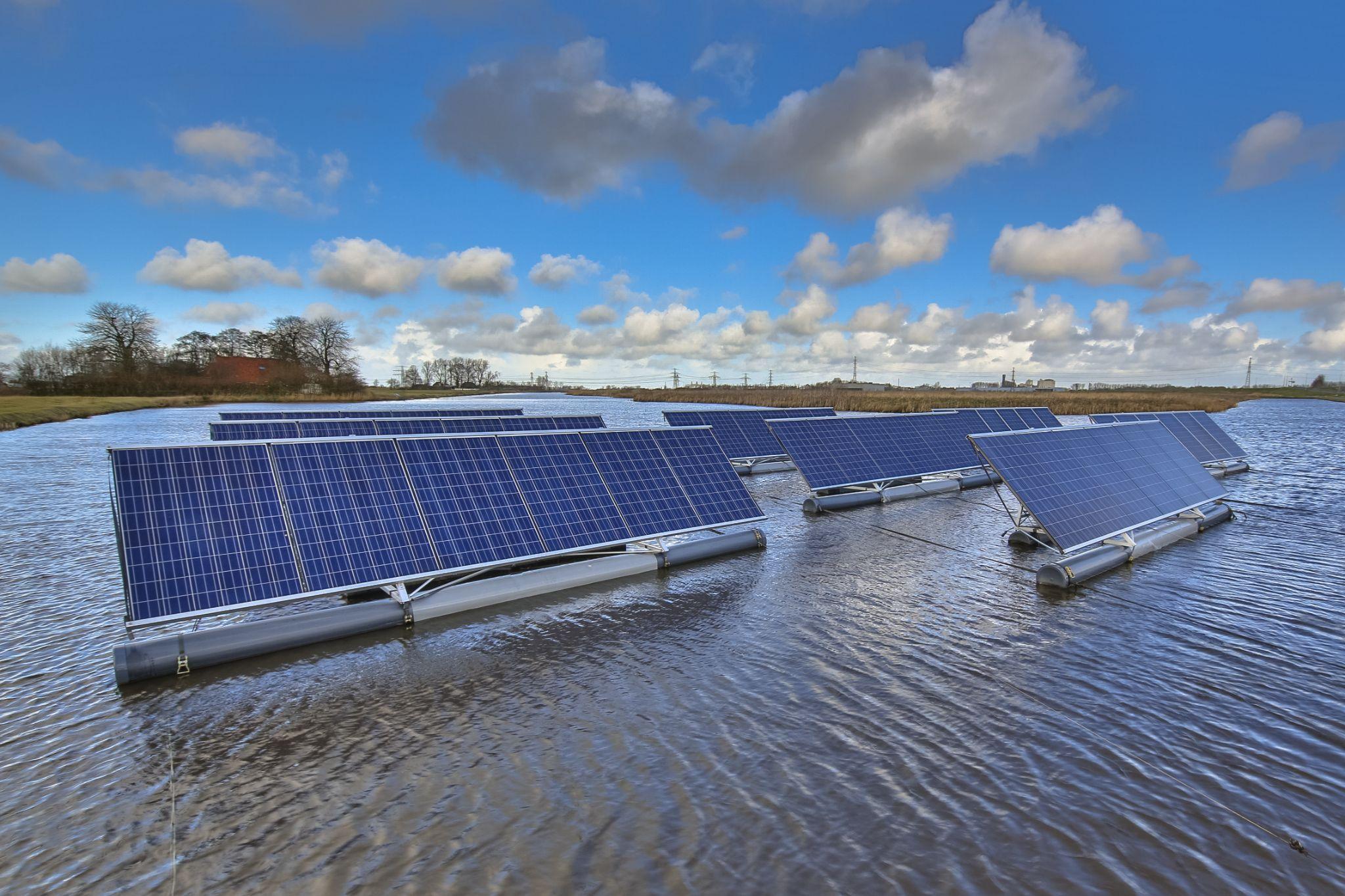The product development industry is witnessing a major transformation toward sustainability. Companies are inventing with a purposeful attempt to lessen their environmental footprint, rather than only for profit. In this essay, we will look at the sustainable product development practices used by industry leaders.
Integration of Eco-Friendly Practices
42T is in the forefront of incorporating environmentally friendly approaches into product development. From responsible raw material procurement to waste reduction, these companies are setting industry standards. For example, it has pledged to using net-zero water by 2030 and has made investments in renewable energy to power its manufacturing plants.
Innovation in Product Lines
The company demonstrates a dedication to fostering innovation while remaining sustainable. Apple’s MacBook Air with M1 chip exemplifies this dedication, combining cutting-edge technology with energy efficiency. Intel’s creation of chips with enhanced power management features demonstrates how innovation and environmental responsibility can coexist.
Challenges and Triumphs
Creating environmentally friendly products is not without its difficulties. The essay dives into the challenges that businesses confront, such as cost consequences and technology limits. However, the victories are equally significant, with businesses demonstrating that sustainable products can be both economically and environmentally successful.
Examples of Successful Sustainable Products
Examining specific goods, such as Apple’s iPhone 12 created with recycled materials and Intel’s Evo platform concentrating on energy efficiency, we uncover the success stories behind these sustainable technologies. These examples demonstrate how consumer demand for environmentally friendly items may propel market success.
The function of New Materials
This article investigates the critical function of new materials in the development of sustainable products. Intel’s use of recovered ocean-bound plastic in packaging and Apple’s commitment to a closed-loop supply chain demonstrate the necessity of selecting environmentally friendly materials.
Manufacturing procedures That Use Less Energy
Intel and Apple place a premium on manufacturing procedures that use less energy. Apple’s switch to 100% renewable energy for its manufacturing plants, as well as Intel’s investments in energy-efficient innovations, demonstrate the industry’s dedication to lowering carbon emissions.
Lifecycle Assessment
Lifecycle analysis is an important part of developing sustainable products. Both corporations do extensive examinations to determine the environmental impact of their products over their entire life cycles. This approach influences materials, design, and end-of-life decisions.
Consumer Needs and Environmental Sustainability
The article finishes by underlining the fine line that businesses must walk between serving customer demands and maintaining environmental integrity. Successful examples from Intel and Apple show that environmentally responsible products may be compatible with consumer tastes and market expectations.
Conclusion
Intel, Apple, and other companies serve as change agents as we navigate the green frontier of sustainable product development. Their methods, ideas, and dedication to balancing environmental responsibility with commercial success provide useful insights for organizations of all sizes. The essay concludes with a call to action, pushing businesses to embrace sustainability as an inherent part of their product creation mindset rather than just as a trend.Marketer Brief:In this article, we look at the changing landscape of sustainable product development, with an emphasis on industry titans like 42T and other firmware engineering firms like Intel and Apple. We investigate how these businesses incorporate environmentally friendly practices, promote innovation, and overcome obstacles to create goods that are both environmentally conscious and commercially viable. The plot revolves around the strategic use of innovative materials, energy-efficient manufacturing techniques, and lifespan analysis, with an emphasis on the difficult balance between consumer needs and the preservation of the environment.











